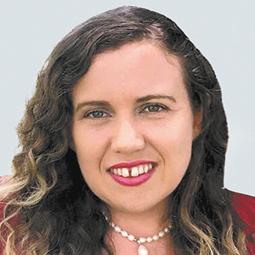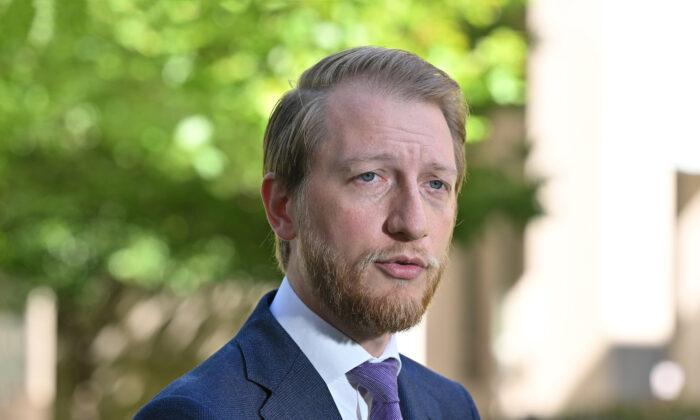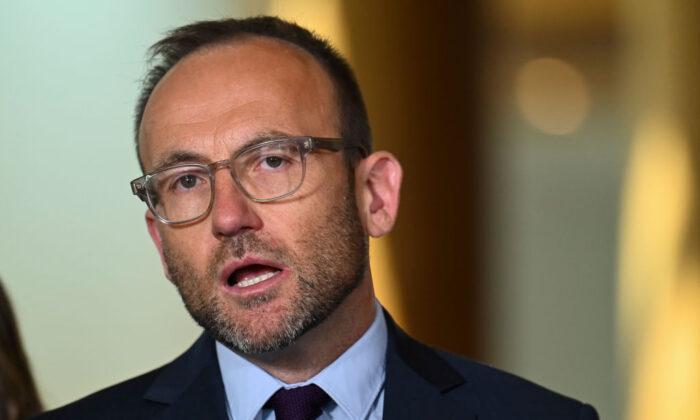The Family Court of Australia has handed sole parental care of a boy to his father after the mother tried to start him on puberty blocking drugs believing he was gender dysphoric.
The heart of the case was fought over whether the child had a gender identity disorder or not.
The mother’s lawyers argued this was the case relying heavily on expert testimony, while the father’s side argued for the “child to be a child” and that any tendency towards dysphoria was due to conditioning from the child’s mother.
In the landmark case, it was also found that a leading Australian gender medicine expert had misled the court.
The court also criticised a gender service provider for providing treatment to the boy since he was six, without ever making a formal diagnosis of gender dysphoria.
Justice Andrew Strum handed down his judgement on April 3, which could set a precedent on the use of puberty blockers in the country.

Facts of the Case
According to the judgement, the 12-year-old boy at the centre of the case was born to a couple who later separated, with the boy living mostly with his mother and sometimes with his father.It was heard the mother believed her child was gender dysphoric or incongruent, while the boy’s father believed his son was “gender exploratory, expansive, or fluid”—still in the process of exploring his gender identity—and should not be “pigeon-holed.”
Treatment for children considered gender exploratory generally involves counselling and has less life-altering consequences than treatments for gender dysphoria—where the gender identity is believed to differ from the sex at birth.
In the United States, the Gender Exploratory Therapy Association asserts that psychological counselling should be the first line of treatment, and that medical treatments for youths should be avoided if possible.
Both parents had submitted to the court to be gain full parental responsibility for their son.
Court documents state the child’s mother believed the court should rule in favour of her son being gender dysphoric or incongruent and that puberty blockers should be administered.
His father, and the assigned Independent Children’s Lawyer, disagreed with the mother’s arguments.
The court also welcomed the independent lawyer’s point that the case should be decided based on the best interests of the child, rather than on the cause of transgender people—a point the judge said occasionally fell “on deaf ears.”

Expert Witness Was Also an Advocate for Trans Movement
An expert witness known as “Associate Professor L,” a paediatrician who was chief of medicine at a children’s hospital, gave evidence on behalf of the child’s mother, but had been involved in advocacy to remove the legal requirement for young people to obtain court authorisation to access gender-affirming hormone treatment.The expert witness had also been an advocate for transgender healthcare and gave her opinions as an advocate for trans people.
Additionally, the court found a supplementary report prepared by Associate Professor L, and tended on behalf of the mother, had misled the court by picking and choosing information to suit her case.
“She provided her responses to the Cass Report ...,” Justice Strum told the court.
“It is submitted by the Independent Children’s Lawyer ... and I agree, that Associate Professor L’s responses were ’misleading or omitted findings/material that detracted from her opinion' contrary to the obligations as an expert witness ... some of the many examples proffered are concerning,” he said.
The Cass report, which was headed by Dr. Hilary Cass in the UK, was written in response to a sharp rise in referrals of young people to gender clinics.
Is Gender Dysphoria Nurtured or Something Natural?
In determining whether or not the mother was correct in her argument of a gender dysphoria diagnosis, Justice Strum found the condition was not immutable (unchangeable), outlining several examples.The child’s mother and the experts presented arguments heavily relying on anecdotal reports from transgender adults and their own experiences.
The justice also had concerns that assessments for autism were not conducted, given there could be overlap between autism and gender dysphoria.
He also found the child could not be relied upon to determine his own gender because of his age, and that the mother had leveraged the situation to damage the relationship with the father.
The court further heard that while the child was in the mother’s care and involved with gender services, he was immersed in “social circle dominated by transgender young people older than the child,” who were undergoing various stages of gender treatment.
Under cross-examination, the mother conceded that the social groups provided by gender services were the main social support group for the child.
The mother had also told a doctor, named “Dr. N,” that the child had self-harmed his genitals at the age of six while taking a bath, however this alleged incident was never mentioned in the affidavit to the court, but instead the mother mentioned her son had “thoughts” of wanting to self-harm his body.
It was acknowledged that the woman’s son had simply told the mother he hit himself in the groin with his fist while taking a bath, but she was not present at the time of the incident.
“In circumstances where, on the mother’s own evidence, the child was not displaying or complaining of any symptoms of pain, I do not accept, on the balance of probabilities, that the child attempted to self-harm his genital area as the mother alleged,” Justice Strum told the court.
Dr. N, who supported the mother in her case, was also found rely upon a “generalised risk” of self-harm among gender dysphoric children, rather than any evidence that the boy had such depressive thoughts.
There was also a matter referred to where the mother had told experts her son had been really interested in a workbook on gender identity and had spent many hours writing in it, only for it to be discovered during cross examination that the book was entirely unmarked.
The mother was also found to have “unilaterally actioned” the child into wearing “gender affirming underwear” recommended by the gender clinic, including a padded bra and pants designed to flatten the groin area, without consultation with Dr. N or the child’s father.
This fact led the justice to declare that such actions may have been nurtured, rather than come about naturally.
While it was found the child was not harmed by the wearing of the garments, it was of concern that the mother had actioned their use without seeking expert advice.
The court heard that neither Dr. N nor Associate Professor L could provide an answer on which age a child could know or understand their gender identity, but contended without explanation that the child would have had the capacity to identify as trans at the age of six.
What the Judge’s Final Ruling Was
The outcome of the court’s decision in the case of the 12-year-old boy would ultimately have to rest on determining whether the child was gender dysphoric.It was also noted the child’s father was not opposed to his son exploring his gender identity, but refused to implement premature medical treatments at a young age.
Justice Strum ultimately ruled that the child should be left to develop and grow.
“As this child grows, develops and matures, and explores and experiences life, the child might, with the related benefits of the passage of time and the acquisition of balanced understanding, come to identify as a transgender female and might elect to undergo some form of medical treatment, to affirm and/or align with that identity,” he said.
“But, similarly, with those benefits, the child might not do so, and for a variety of reasons.
“At this stage in the child’s life, all options should be left open, without any unacceptable risk of harm to the child.”
Ultimately, the court ruled the father would have sole parental responsibility for the child, and that the boy must not receive puberty blockers.







